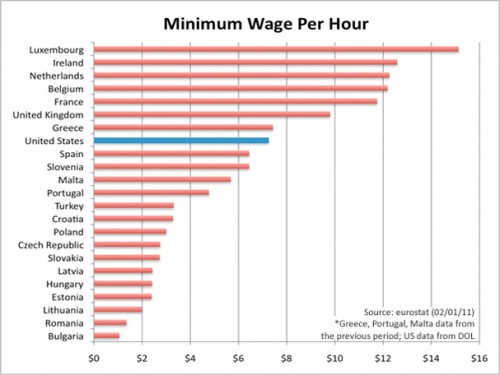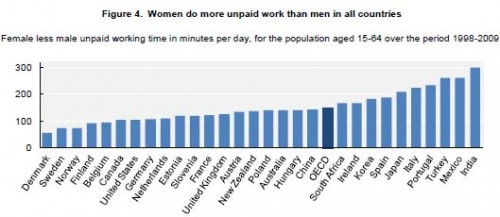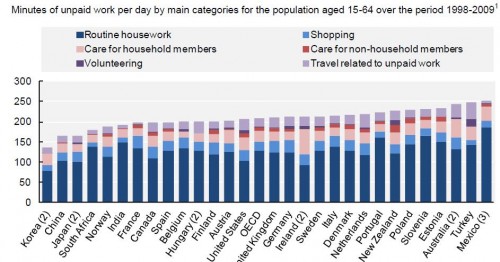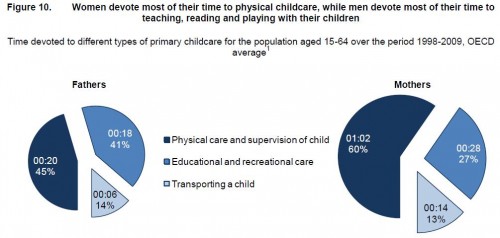
Are you confused about what “Great Britain” really is? Do you become perplexed when asked to discern the difference between Britain, England, and the U.K.? And what the heck is Wales!? (Apologies to Wales.) You are not alone! CGP Grey offers an entertaining explanation that both clears up the questions, and makes us feel less stupid for not understanding them in the first place. And you’ll learn some stunning facts about the residuals of empire. Enjoy:
And if that wasn’t enough, here’s Grey’s historical rendering of how Scotland became a part of Great Britain.
Lisa Wade, PhD is an Associate Professor at Tulane University. She is the author of American Hookup, a book about college sexual culture; a textbook about gender; and a forthcoming introductory text: Terrible Magnificent Sociology. You can follow her on Twitter and Instagram.




















 It also fails to be true, as many anti-immigration people claim, that the U.S. accepts a uniquely large number of immigrants who need help once they arrive:
It also fails to be true, as many anti-immigration people claim, that the U.S. accepts a uniquely large number of immigrants who need help once they arrive: